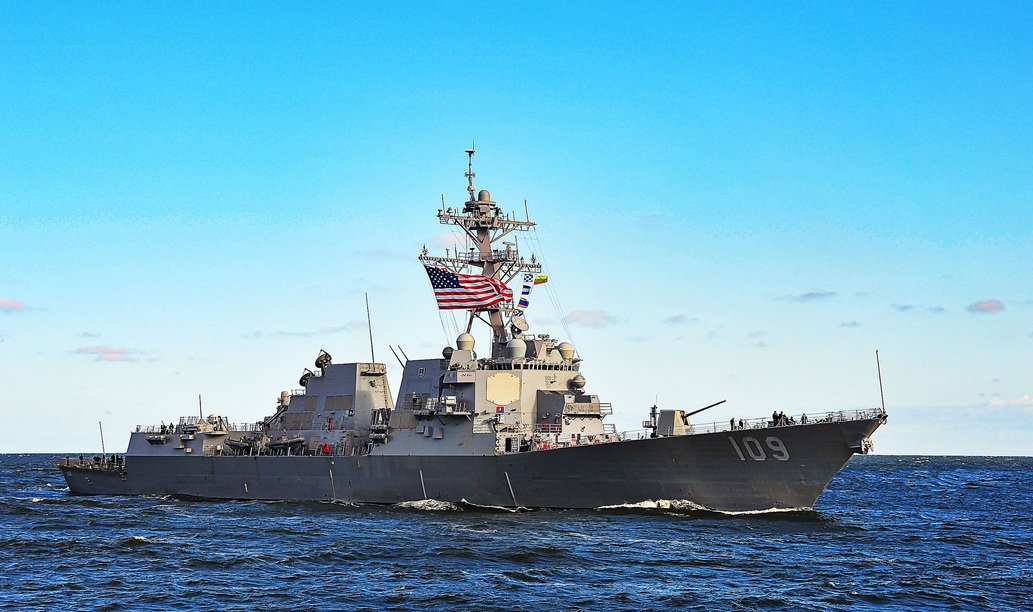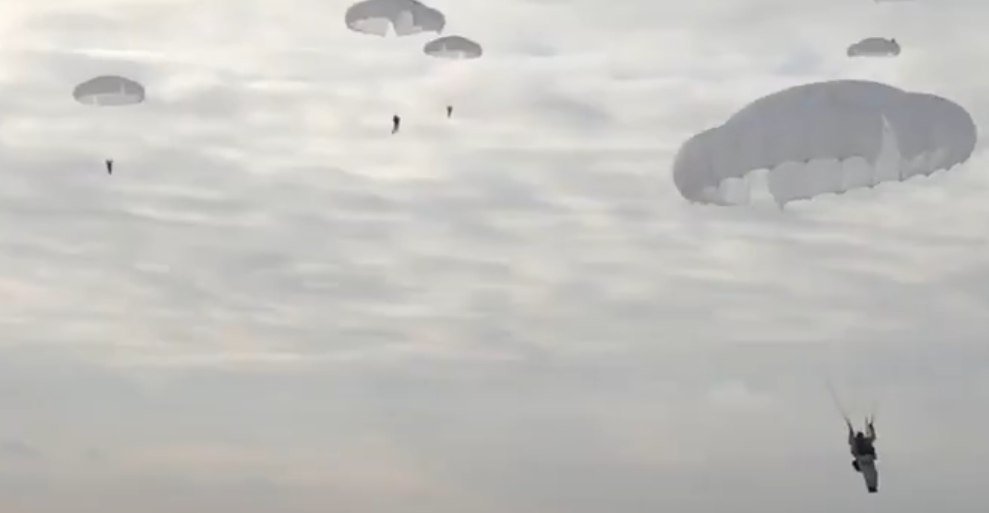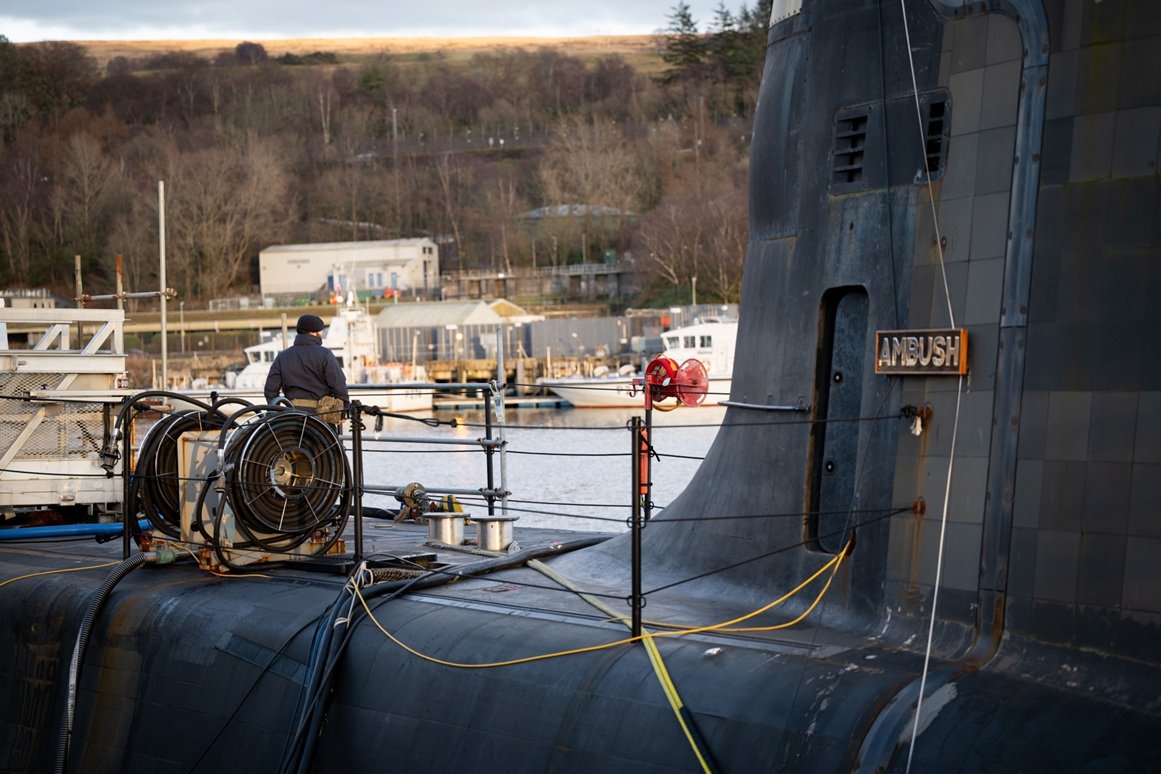
Belarusians have outpaced the Russians and are introducing modern infantry fighting vehicle into mass production
Belarus, July 27, 2025 – For decades, Belarus has been almost completely dependent on the Russian arms industry. From combat vehicles to aviation systems, Russian military equipment formed the backbone of the Belarusian army. However, this dependence gradually began to be perceived as a weakness. After the Russian invasion of Ukraine in 2022 and the subsequent international pressure on Moscow, Minsk realized that relying solely on Russian supplies could be strategically unsustainable.
This new approach began to manifest itself to a greater extent after 2023, when Belarusian defense enterprises – in particular, the manufacturer of heavy wheeled equipment MZKT (known as VOLAT) – gained space to develop their own armored vehicles. The culmination of this effort was the Volat V-2, a modern wheeled infantry fighting vehicle (KBVP), which not only exceeds the Russian BTR-82A standard, but is also beginning to technologically overtake it. The adoption of the Volat V-2 into service with the Belarusian army and the start of its serial production in 2025 symbolizes not only a technological shift, but also a political decision. Minsk is sending a clear signal: Belarus is capable of producing its own advanced combat equipment and is not tied exclusively to the Russian military infrastructure.
History of the development of the Volat V-2
The path to its own modern wheeled armored vehicle was not direct or easy in Belarus. Its beginnings date back to the period after 2008, when the first concept of a domestic eight-wheeled armored personnel carrier under the name Umka began to be developed. This project was to serve as the basis for the future independent development of the KBVP, which would replace the outdated Russian BTRs in the Belarusian army. However, the Umka project encountered the classic problems of post-Soviet arms production – lack of finances, political indecision and technological dependence on Russian components. Development was thus halted and the vehicle remained only on paper. A major turning point came in 2015–2016, when the state-owned Minsk Wheeled Tractor Plant (MZKT) announced the restart of development of a modern wheeled armored vehicle. The new project was named Volat V-2, with “Volat” meaning “giant” in Belarusian – a reference to the robust construction of MZKT vehicles. In 2021, the Volat V-2 was presented as a prototype at the MILEX arms fair in Minsk, where it attracted not only domestic experts but also foreign delegations. At the same time, there was talk for the first time that the vehicle was to be the basis for a future modular family of armored vehicles – from a transporter to command and reconnaissance versions to specialized variants for engineers or medics. After the exhibition, the prototype underwent a series of military tests that lasted several years.
Developers tested the vehicle in various conditions, from Arctic temperatures to muddy terrain and water obstacles, to verify its capabilities and reliability. New subsystems were gradually implemented – such as unmanned turret Adunok-BM30.2, hydropneumatic chassis or ballistic protection corresponding to the STANAG 4569 standard. This gradually transformed the Volat V-2 from an ambitious concept into a real weapons platform. In May 2025, a long stage of development was completed – the vehicle passed state certification and was officially accepted into service with the Belarusian army.
Acceptance into service and start of serial production
Long-term tests and tuning of the Volat V-2 system culminated in the first half of 2025. On May 7, 2025, the Belarusian Ministry of Defense officially announced that the vehicle had successfully passed state military tests and had been included in the service of the Belarusian army. This made the Volat V-2 the first modern eight-wheeled KBVP of completely Belarusian design to enter serial production – without direct dependence on the Russian platform. A few weeks later, at the MILEX 2025 trade fair, the Volat V-2 was officially presented as a mass-produced product intended not only for domestic use, but also for export. Two different vehicle configurations were shown at the trade fair, including a model with an Adunok-BM30.2 turret module with a 30mm cannon and Konkurs-RB anti-tank missiles. The first stage of mass production involves the production of two units as part of a verification series, which are intended for detailed testing in units. Ten more vehicles are to be delivered later, which will be used for training, tactical integration and direct deployment in the Belarusian mechanized forces. This first twelve-unit series is also intended to serve as a demonstrator of the capabilities of the Belarusian industry for potential foreign customers.
It is important to note that Belarus openly declares that the Volat V-2 is not intended only for domestic needs, but also has the ambition to break into foreign markets. According to available information (e.g. from The Defense Post and Army Recognition), preliminary negotiations are already underway with potential buyers from the Middle East and Africa, where there is a long-term interest in modern, but affordable wheeled armored vehicles. By starting production of the Volat V-2, Belarus has become one of the limited number of countries that have managed to develop and put into operation their own modern eight-wheeled armored vehicle from scratch. Given that Russia has still not completed full-scale serial production of its Bumerang platform, this is a very important technological and political moment.
Technical parameters and capabilities – what “ahead of the Russians”
Volat V-2 represents a new generation of Belarusian wheeled infantry fighting vehicles (KBVP) and, in terms of its parameters, ranks among the most modern armored vehicles of the 8×8 category in Eastern Europe. One of the most striking features of the vehicle is its high mobility. The vehicle uses an 8×8 chassis, complemented by a hydropneumatic suspension that allows active control of the chassis height and ensures comfortable movement even in difficult terrain. The Volat V-2 reaches a maximum speed of up to 110 km/h on the road, which makes it significantly faster than the standard Russian BTR-82A. Its fully amphibious capabilities allow it to overcome water obstacles at speeds of up to 10 km/h thanks to two water jets located in the rear of the hull. The vehicle has a maximum range of up to 1,200 kilometers, making it a flexible platform suitable for long-term deployment without the need for frequent refueling. It is powered by a 560 hp diesel engine, which is coupled to an automatic transmission.
Crew protection was a key factor in the design of the Volat V-2. The vehicle is protected by armour that meets the Belarusian Br5/Br4 standard, which roughly corresponds to level 2–3 according to the STANAG 4569 standard. Increased mine resistance is achieved thanks to a reinforced floor and a special design solution including run-flat tyres. The interior is designed with an emphasis on safety – the fuel tanks are separated from the crew compartment and the equipment includes an automatic fire protection system and positive pressure ventilation, enabling operation even in environments contaminated with chemical or biological agents. The Volat V-2’s armament is one of its greatest strengths.
The main combat vehicle is the Adunok-BM30.2 unmanned module, which carries a 30 mm 2A42 automatic cannon, a 7.62 mm PKT coaxial machine gun and four Konkurs-RB anti-tank guided missiles. This module is equipped with a modern fire control system, which includes thermal and day optics, a laser rangefinder and weapon stabilization in two planes. Thanks to this, the Volat V-2 is able to effectively engage targets at a distance of up to four kilometers, which is a significant difference from the BTR-82A, which lacks such advanced fire capabilities. Remote control of the turret ensures the safety of the crew, who remains hidden in the armored cabin during firing. The vehicle crew consists of three people – the commander, driver and gunner – and the landing compartment can accommodate another eight fully equipped soldiers. Access to the vehicle is provided by a rear folding ramp, side doors and ceiling hatches, which ensures high flexibility during landing and evacuation.
The interior layout includes mine-resistant seats and comfortable equipment, including air conditioning. In terms of dimensions, the Volat V-2 is among the standard vehicles of this class. The vehicle is approximately 8.5 meters long, almost 3 meters wide and about 2.4 meters high without the turret module. The total weight ranges between 20 and 23 tons, depending on the configuration and selected equipment. Compared to the Russian BTR-82A, the Volat V-2 is significantly more modern in all key parameters – it has better armor protection, significantly more advanced armament, a fully digital firing system, higher mobility and greater variability of configurations. And while the Russian Bumerang project is still waiting to be introduced into mass production, the Belarusian Volat V-2 is already entering the army’s arsenal. This technological lead is crucial not only for Belarus itself, but also for its ambitions in the field of military export and defense self-sufficiency.


Max Bach


















